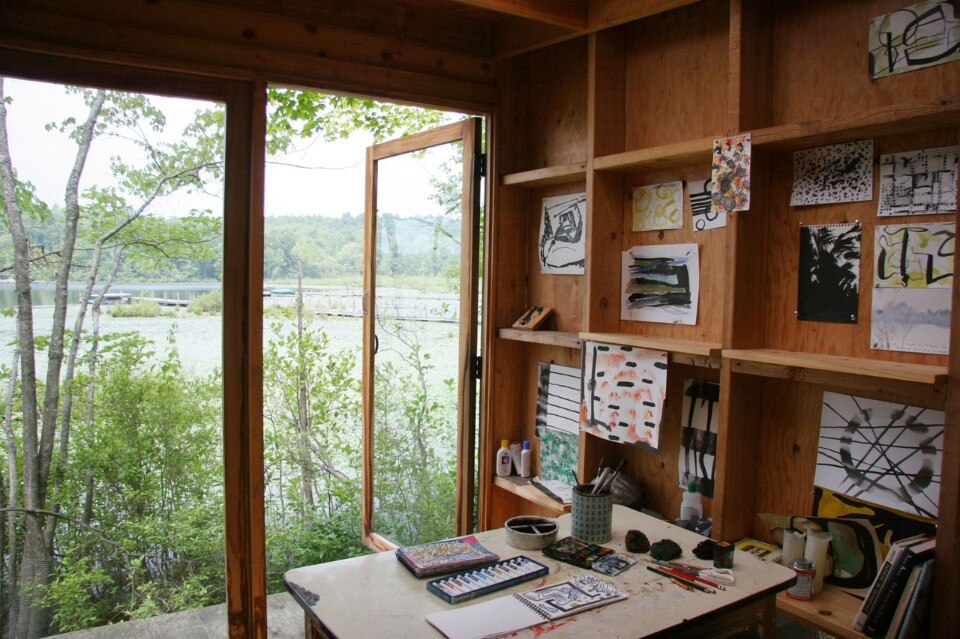Understanding how the creative process originates and develops through a particular style of working has always been an area of interest for researchers and thinkers. Often the place where the work is done is a determining factor. Artists and architects choose their studios with care, as reflections of their work and personalities.
Le Corbusier, for example, had a studio for painting that was separate from the one he used for architecture. It was a place he was very fond of, on the seventh and eighth floors of a building in the Porte Molitor district of Paris. He went there every morning, painted for hours and displayed his large paintings in a room with walls of exposed brick. But he also loved working in his cabin, a small studio-house facing the sea in Cap-Martin in the south of France.
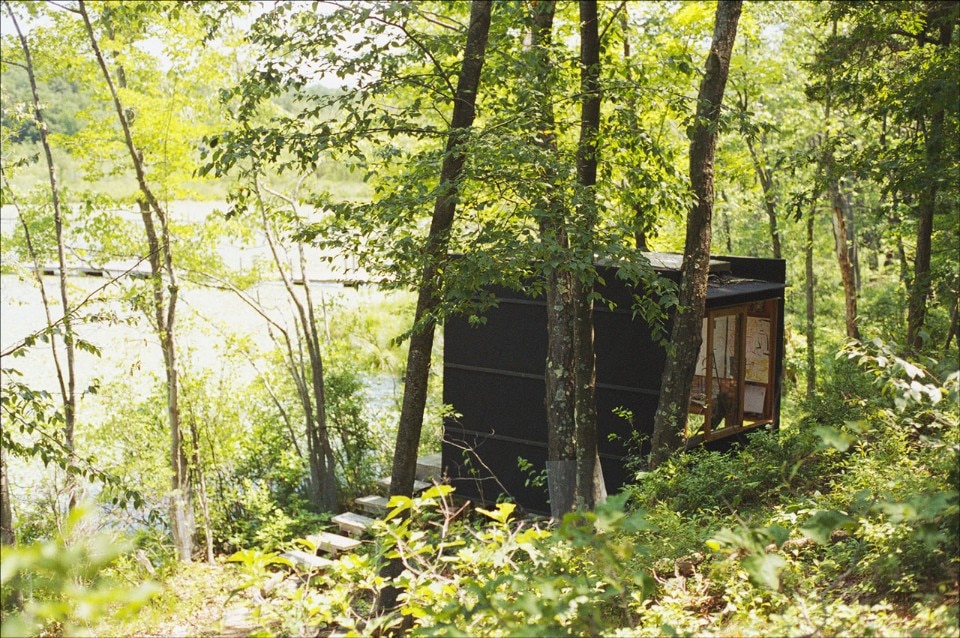
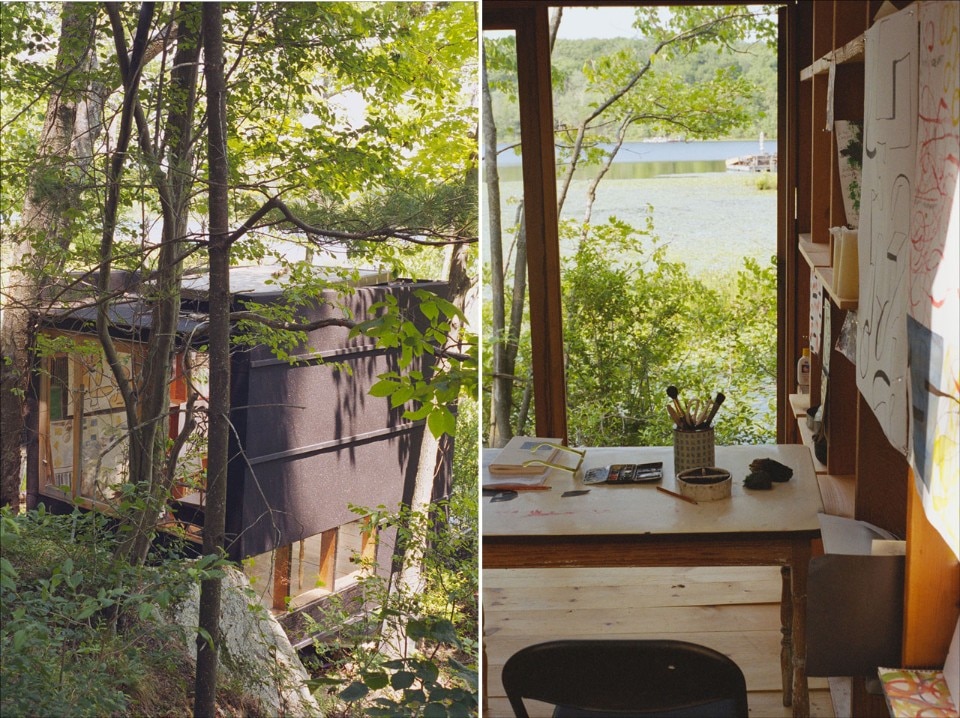
Diana Carta: Can you tell us how you relate to the place where you work, and in particular to your small study, the Round Lake Hut?
Steven Holl: The actual site of contemplation is really this five-by-seven-inch watercolour. I have been doing this for over 30 years: the first sketch, the first concept sketch, of every building we have done starts here. I use this format because it allows me to work anywhere, even on an aeroplane tray during my travels in the Unites States and China. When there isn’t much room, I still can have my paints and a little water on the side and I can work on my drawings. So this is actually the site, these five by seven inches, and, as you can see, there are 20,000 here, filed in the studio. I do have a watercolour desk in my apartment, in the West Village, which has everything I need, but my favourite place is here, painting at the edge of the lake, in the Round Lake Hut.
This way of working gives me absolute clarity about what I’m doing. It puts everything in chronological order, and as I am working on a project I can see what came first and what is going on and where it is going. I also believe that it is important to study the programme, analysing all the aspects and visiting the site. But you can’t predict when the actual creative idea is going to occur. So my method is to get up and draw, first thing in the morning, before eating breakfast or talking to anyone. I have some green tea and I postpone reading the news for later in the day, in order to do not ruin the poetry of the moment. Then I work for an hour or two on my paintings; they’re not necessarily always about the project.
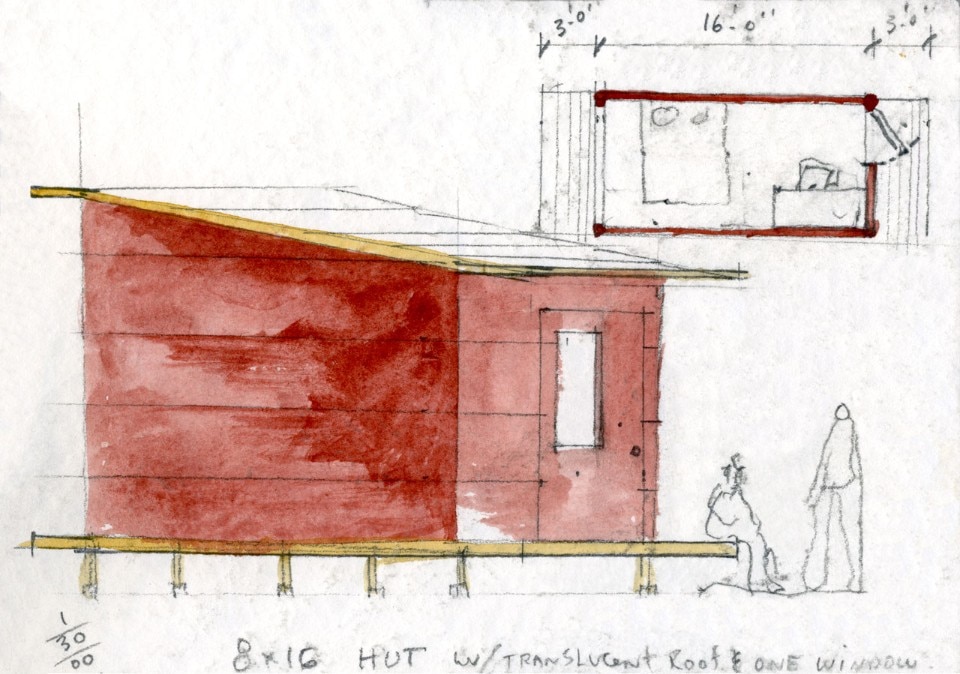
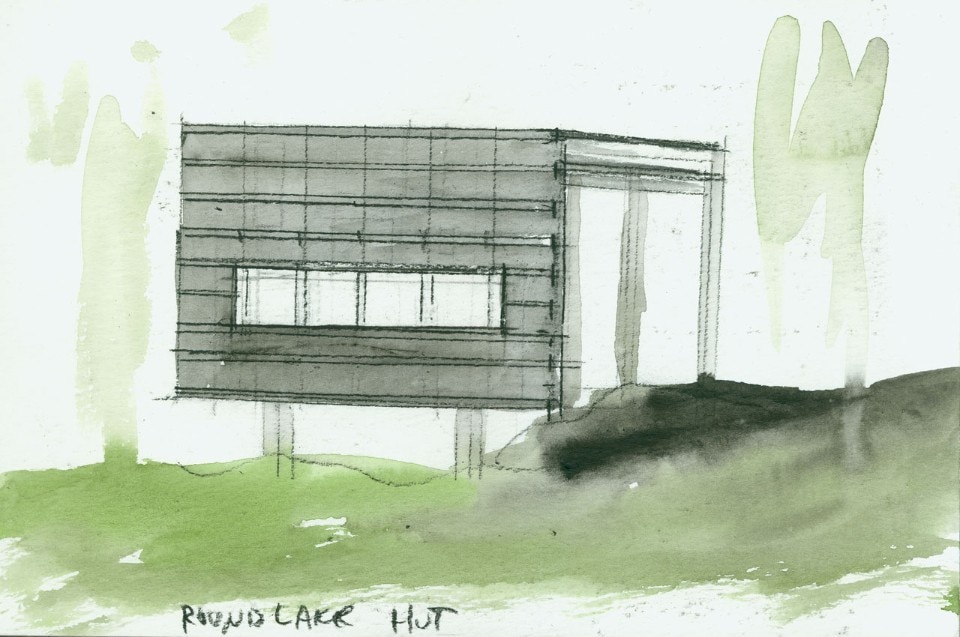
Diana Carta: Was the presence of the lake another element that led you to choose this place? The map shows that it covers almost the whole area of the property. I’ve read that your family has Norwegian origins and the landscape in some way recalls that country’s large lakes and woods.
Steven Holl: The lake, or better the presence of water, is something I grew up with in Puget Sound, Seattle. It has a very Scandinavian look. When the sun rises, you have this incredible condition of light reflected in a body of water. In Rhinebeck the lake is a strong presence as well; it is almost the same size as the plot. It emphasises the different colours of the sky and the trees, which change according to the seasons, and the reflection of them is almost more intense than the reflected element itself.
Diana Carta: This in some way strengthens the perception of time and the season of the year.
Steven Holl: Yes, exactly. Every day is different and through these changes you have the perception of the cycle of time and the seasons; this doesn’t happen if you simply live isolated in the city. When I work in the Round Lake Hut I can feel this deep connection with the earth, but at the same time my mind is on the site of the projects.
For example, this drawing is about a project competition for the New Shanghai Museum in China; it was made in the Hut but my mind was on the problems of Shanghai. This project idea arises from the dialectic between the poetic and the systematic. I thought of an old lecture by Karl Popper called “Of Clouds and Clocks”: the clouds are the poetic object and the clocks are everything systematic and pragmatic, corresponding with the systematic grid office. Ten people worked on 16 boards and three models for this competition, but everything started here, on these two sheets of paper.
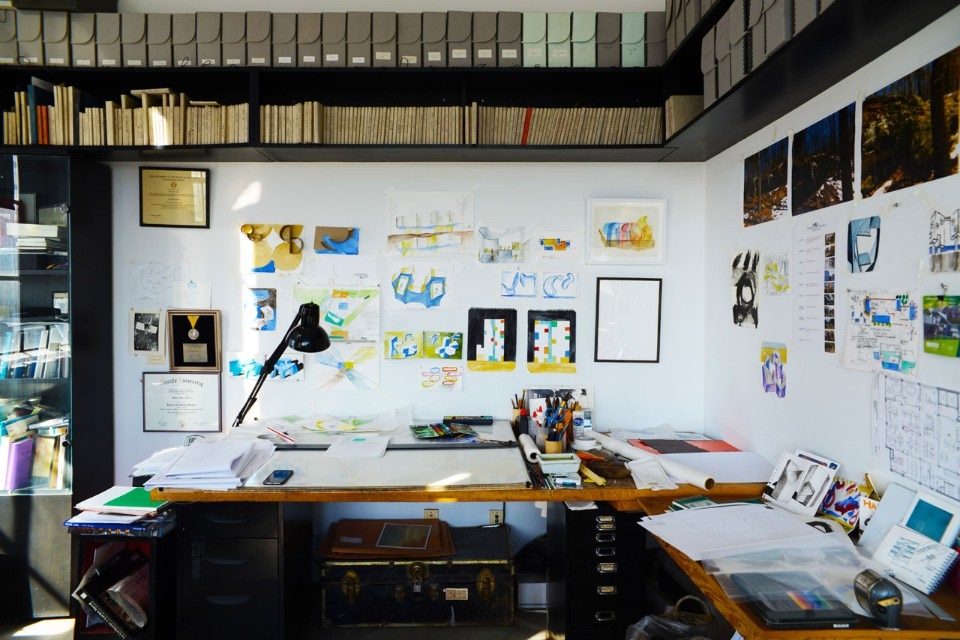
Diana Carta: Looking at the planimetry of the area, the Round Lake Hut seems to be part of a project of larger scale.
Steven Holl: Right, it is a project for 28 acres of land and aims to preserve the natural land. In the planimetry you can see what was already there – the T-Space, which was built five years ago and is used as a gallery space. Through the transformation of this old hunting shack, we have another gallery space and close to it there is one of our office’s latest experimental projects: Exploration of In. It is an artists’ residency. Some of the installations take days to prepare and the artist may then live in the place where the work is on show.
Diana Carta: I’ve read that this space is an experiment on the inner experience of the intersection of four spheres. It reflects too on the meaning of the space – on the inner and outer space, on what it contains and what does the containing.
Steven Holl: The space comes from the compression and intersection of four spheres with a Tesseract and the house represents a sort of empty memory of the lake. Michael Bell calls this compression “a lake of the mind”.
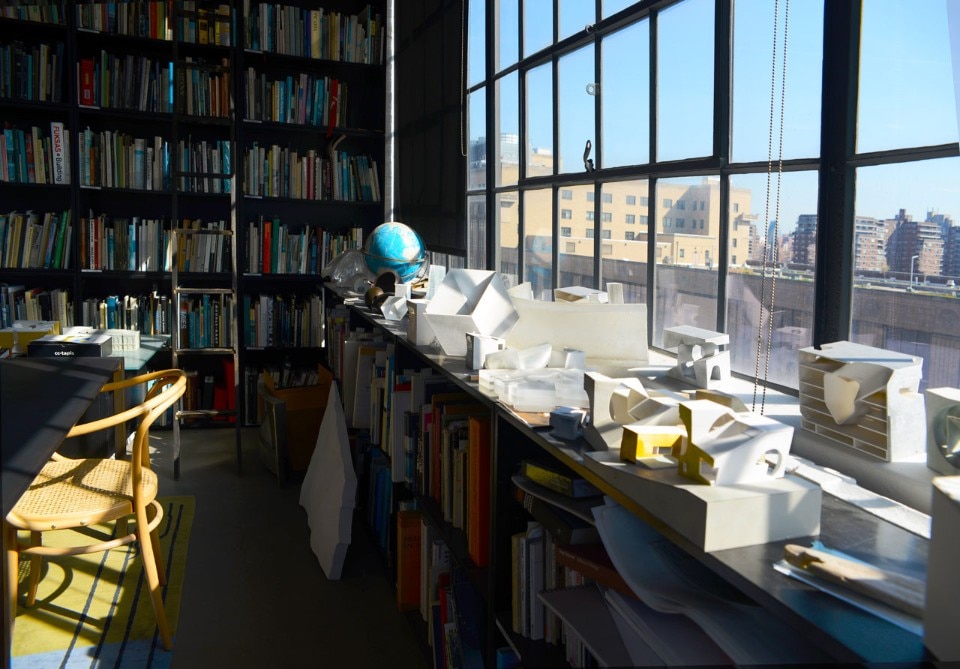
Diana Carta: Thinking about these different buildings as a whole, the Round Lake Hut, we might say, represents the place where ideas are created but also belongs to the place where your architecture is constructed and experimented with. Could it be seen as a point of both departure and return – a continuous cycle – in your architectural work? We’ve talked about circularity, and in some way there is here too a form of return that could be reborn with the experimentation in your work.
Steven Holl: It is like the seasons, which come back in a continuous cycle. I have just been working on a lecture called “Time in Architecture”. I have identified nine types of time and I want to say something about the duration of architecture and how we make buildings – temporary, cheap buildings – today. I prefer to think about architecture as something that has a life and goes on. My project for the St Ignatius Chapel will be 20 years old in 2017 and it is still perfect, simply made out of concrete. I also like the idea that now at Princeton University we are building the Lewis Center for the Arts using Lecce stone. The stone is 21 million years old, from a quarry that has been open for 2,000 years, since the Romans’ time. I find this time aspect interesting in architecture. I think about Greeks and their circular perception of time as sequential and mythical, which allowed them to constantly make what they were building better and better, in a cyclical movement, letting them perfect their architecture. Nowadays time is linear, which is the opposite, and it creates the constant necessity of having something on at the moment, moving toward the next fashion – everything is going in a line, and who knows where.
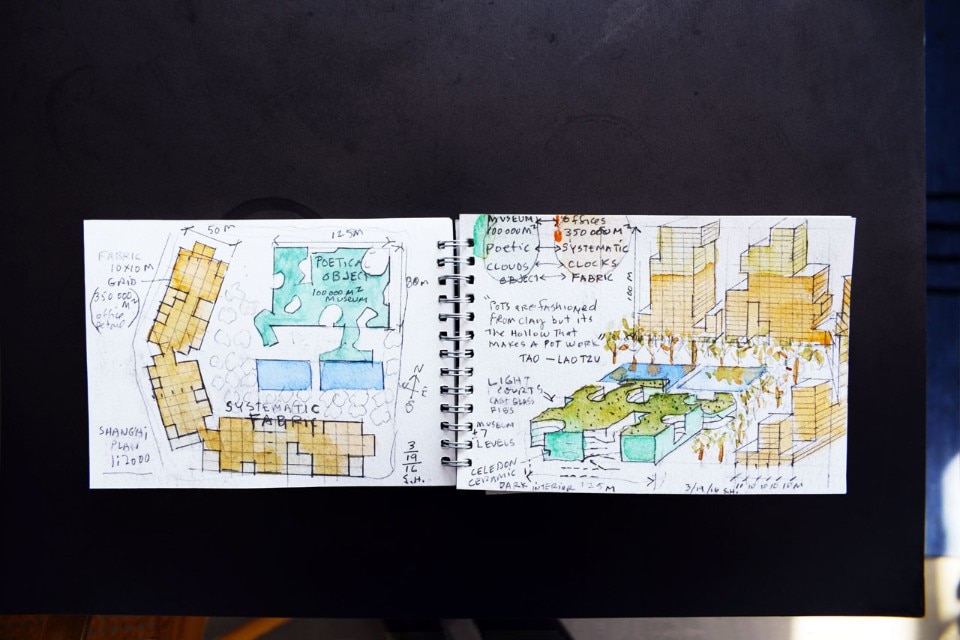
I think that the cycle of the seasons is very important. It keeps you anchored, but it is not going in a line like that either. It gives me a balance. Also the idea of sequence and myth is round, and incorporates different things. The moon and a mother’s womb are round.
The communities we live in and the families we belong to are round in a certain sense. We are on the earth, which is round, as are the planets as well, which operate in a kind of motion that is circular. These are all dimensions of circularity that relate to the understanding of what an inward focus is. That is the reason why I like the metaphor of the four intersecting spheres – it is like “a lake of the mind” because that concerns a further compression toward something ever smaller. We could have built anything in there, couldn’t we? But I made this very small 918-square-foot building, but the feeling of the space isn’t small when you go inside: everything is curved and spaced, and you perceive the intersection of the spheres. It is a mental thing.
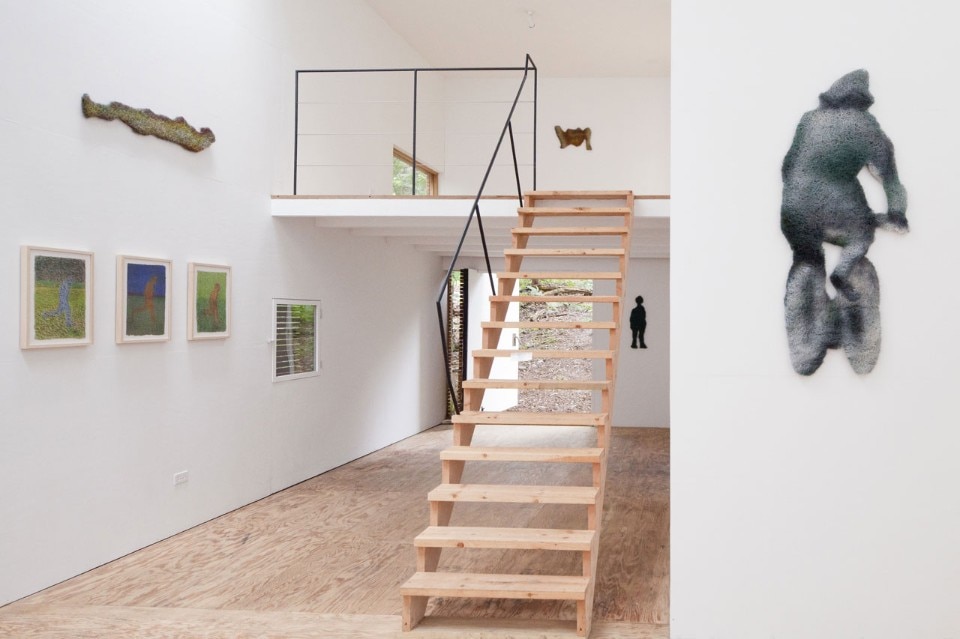
Diana Carta: How do you see this place developing in the future?
Steven Holl: We want to preserve the natural landscape. It is a natural reserve. It is a design about returning to nature. It is clear which part is occupied by humans and which one is all nature. It is a piece of land that was going to be divided into five suburban houses but we joined all the land again and put in the middle a tiny wooden house with these four intersecting spheres.
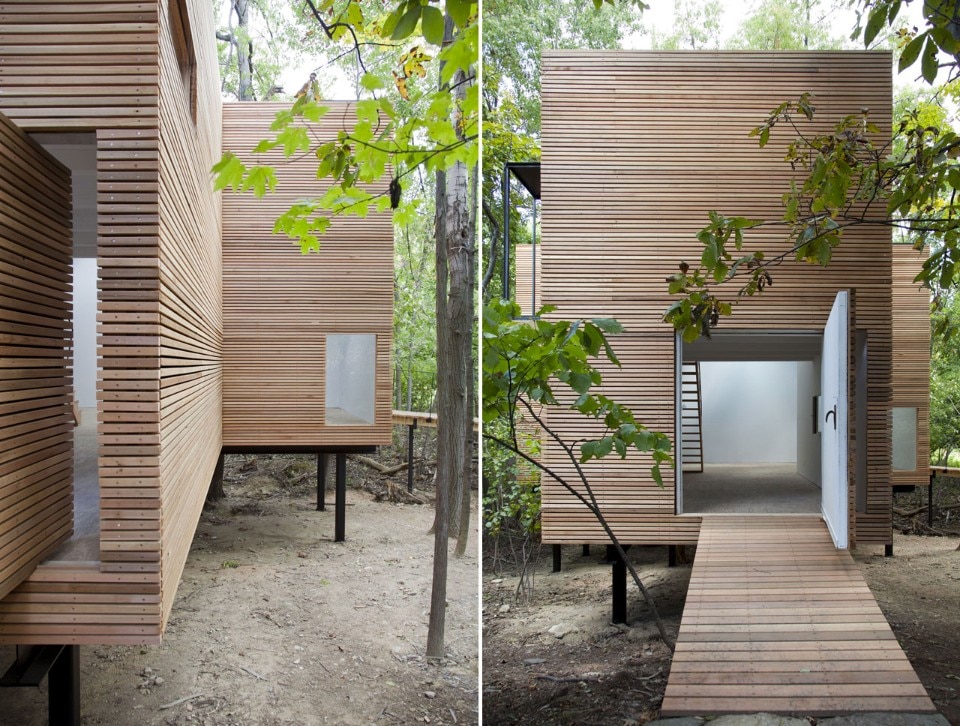
Diana Carta: Looking carefully at your work reveals a sort of polarity between projects built in the countryside, which are restricted in size and “anchored” in the natural context, and large urban projects, which are “anchored” too in the place but are also directed towards the future development of the city on a larger, urban scale. It has been said before that sometimes the site of the work reflects something tied to the work itself. This seems to be reminiscent of your way of working – would you agree with that?
Steven Holl: There are both in my work: high-density projects in the cities, with hybrid, multifunctional buildings, and individual buildings, isolated, in a different natural context. Many of our Chinese projects, like the Horizontal Skyscraper in Shenzhen, were designed here in the Round Lake Hut. I love the absurdity of the scale shift –designing a two-million-square-foot skyscraper on a five-by- seven-inch pad.
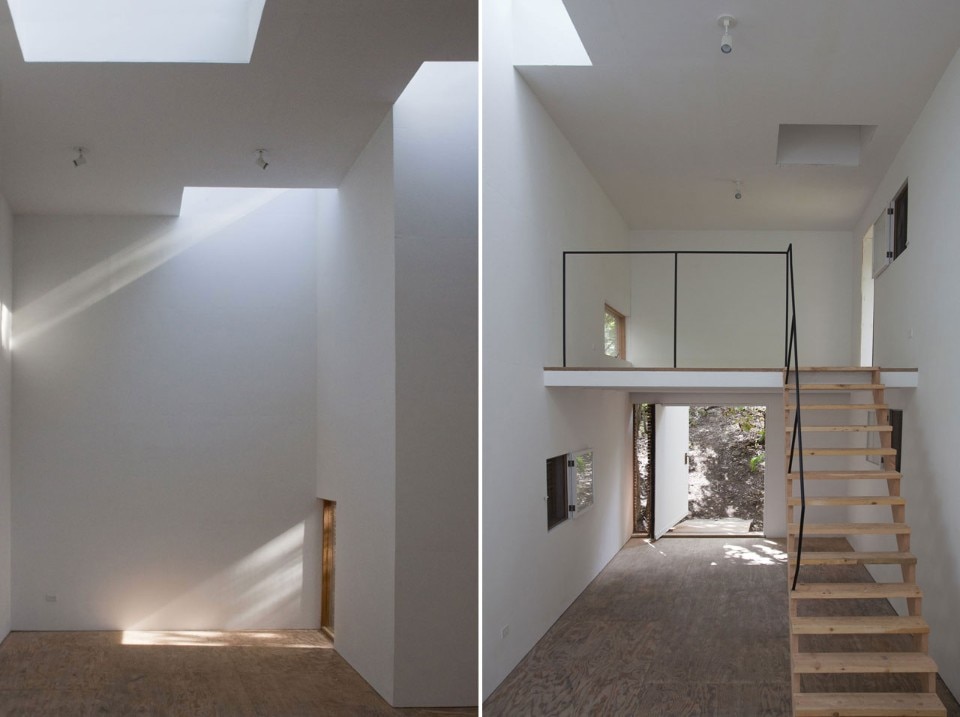
Diana Carta: What is your view of these two different directions in your work?
Steven Holl: I love that. I truly believe in urbanism: projects at the edge of the cities, the idea of making the city more habitable, hybrid buildings with multiple functions and views, and the possibility of a great density. I think public spaces are very important, with all the different living, cultural and educational functions – shopping, working, culture, cinema, and so on. I also believe that it is really important to preserve the natural landscape. The human thought process needs to connect itself to the cycle of the natural world and the seasons.


